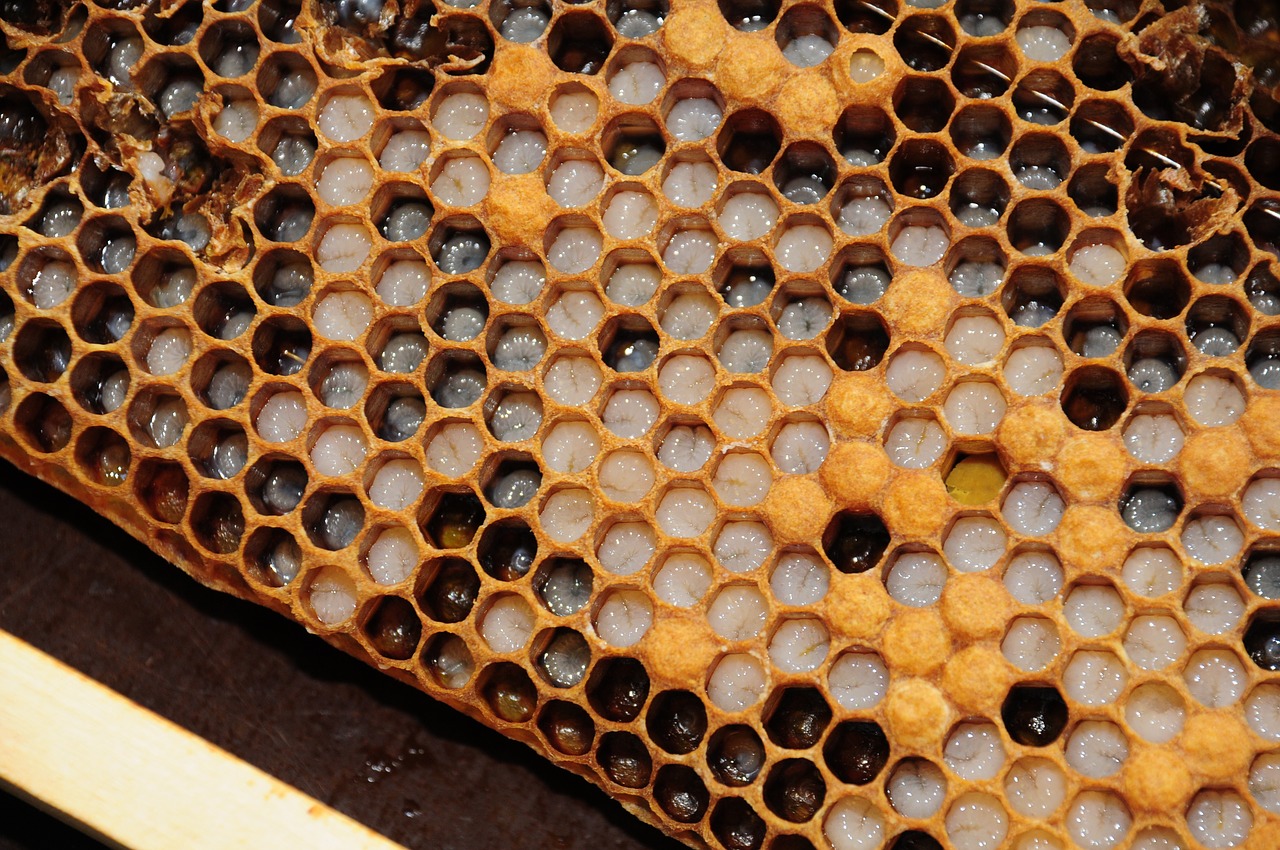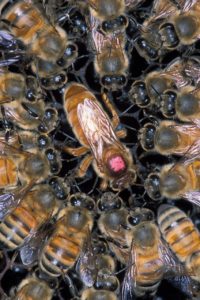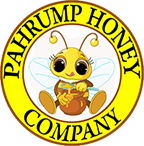
The nutritional complexity of the bee hive is vast. A very unique complex of micronutrients is required to allow the Bees to differentiate themselves into their different roles and provide the nutrition necessary to keep the hive going. Royal Jelly is a honey bee secretion that allows a specific bee larvae to grow into the Queen Bee. Modern spectrometric analysis suggests that royal jelly contains about 185 different organic compounds, with the most important one being a protein called royalactin. It’s believed that royalactin is the compound most responsible for allowing a larvae to morph into the queen bee.
A Green Superfood
It doesn’t take much imagination to believe that royal jelly has a wide variety of unique health benefits. What we love is there is so much literature surrounding its different medicinal uses that it’s difficult to condense into a single article. However, an incomplete list would look like this:
Promotes wound healing
Has antitumor/anticancer propertiesLowers cholesterol levels
Increases fat metabolism
Is a powerful antioxidant
Regulates blood sugar levels
Enhances & repairs the immune system
Not too shabby! What’s more impressive about royal jelly is that a lot of its health benefits can be observed at low dosage levels. A frequent caveat with “food as medicine” studies is that the observed health benefits only occur when patients have taken way more of the food than you would normally with a typical diet.
Tumor Suppression, and Cancer Fighting
Royal jelly has strong cancer and tumor suppressing abilities. It’s been successfully used in treatments for leukemia, and several studies have shown that it’s effective at reducing the adverse side effects of chemotherapy drugs.
For example, a study published in Folia Pharmacologia Japonica in 1987 found that implanted mice tumors that were treated orally displayed rates between 45% and 55% tumor suppression, and cell life was extended between 17% and 20% longer than mice not given royal jelly.
Cisplatin is a powerful chemotherapy drug that also has a few deleterious side effects, mainly damage to the kidneys and liver. However, a few clinical trials have demonstrated that administration of cisplatin in conjunction with the jelly significantly negates its deleterious consequences on liver and kidney health. It’s believed it achieves these effects by decreasing lipid peroxidation, and increasing the potency of antioxidants within the body like superoxide dismutase (SOD), glutathione (GSH) and glutathione-S-transferase (GST).
Fat Metabolism and Blood Sugar
Royal jelly also seems to do good things for your body’s ability to burn fat. At least one reason royal jelly has this effect is that it inhibits lipid peroxidation within the body. Without getting too technical, lipid peroxidation is the process by which fatty acids in the body have electrons become available for “theft” by free radicals, which leaves the fatty acids malformed, and the body is unable to metabolize them. If this happens often enough, the malformed fatty acids start to add up. This is one of the reasons belly fat is such a common problem in the western world….the body is l oaded up with broken fat molecules that it doesn’t know what to do with. To be honest, it’s not entirely clear why royal jelly is able to do this, but it’s suspected a big reason is the presence of a compound called 10-HDA, which has been shown to inhibit lipid peroxidation in clinical trials. A decrease in lipid peroxidation allows the body to metabolize more fat, which has a cascade of health benefits, including lower serum cholesterol and triglycerides, and the prevention of a variety of related lifestyle diseases. Royal jelly may affect blood sugar levels and insulin resistance through a similar mechanism. Because it reduces serum triglycerides and cholesterol through a decrease in lipid peroxidation, it allows the body to become more sensitive to insulin. In this study rats that were fed a fructose only diet (yuck!) showed significantly better insulin, blood sugar, and cholesterol levels when they took the sucrose solution with royal jelly.
oaded up with broken fat molecules that it doesn’t know what to do with. To be honest, it’s not entirely clear why royal jelly is able to do this, but it’s suspected a big reason is the presence of a compound called 10-HDA, which has been shown to inhibit lipid peroxidation in clinical trials. A decrease in lipid peroxidation allows the body to metabolize more fat, which has a cascade of health benefits, including lower serum cholesterol and triglycerides, and the prevention of a variety of related lifestyle diseases. Royal jelly may affect blood sugar levels and insulin resistance through a similar mechanism. Because it reduces serum triglycerides and cholesterol through a decrease in lipid peroxidation, it allows the body to become more sensitive to insulin. In this study rats that were fed a fructose only diet (yuck!) showed significantly better insulin, blood sugar, and cholesterol levels when they took the sucrose solution with royal jelly.
Immune System Enhancement
Royal jelly helps the body produce more immune cells, fight bacteria and heal its wounds faster. It mostly does this with a unique blend of proteins that are unique to royal jelly. The most well known immune boosting protein in royal jelly is called royalisin (not to be confused with royalactin), which was conclusively discovered by Japanese researchers in 2010. The presence of royalisin, in addition to a complex of proteins called Major Royal Jelly Proteins (MJRPs) is what gives bees their ability to fight illness, allergy, and kill bacteria within nature. The Major Royal Jelly Proteins comprise 80% to 90% of the protein content in royal jelly, and are entirely unique to honeybees. This is one of the reasons royal jelly is such a cool nutrient……its best parts really can’t be found anywhere else! Both in test tubes and animals the complex of MJRP’s have shown a pretty robust ability to stimulate the production of different immune cells and reduce certain allergic reactions. The queen bee typically has the strongest immunity and lifespan of all the bees in the hive, and its suspected that the dense concentration of these unique proteins in royal jelly is a big reason why. The most widespread application of royal jelly for wound healing in the medical literature has been carried out with diabetic foot ulcers. In this area the evidence is limited, but encouraging. No studies have been conducted with a large amount of patients or under ideal conditions, but royal jelly has had a large impact in what capacity its been used. For example, an outpatient clinic in Iran treated ten foot ulcers with royal jelly and 7 of them disappeared completely, and one other was reduced in size by 40%.
How much should you consume?
Most studies show that one teaspoon a day is excellent for maintenance. Starting a Royal Jelly regime however one should start with about ½ teaspoon a day and build up to a strong teaspoon daily over the course of a week. Raw creamy Royal Jelly looks like vanilla pudding but has a stronger acidic taste. It can be mixed into your daily smoothie or taken directly, which is the recommended method of taking Royal Jelly.
>>Read More on the Health Benefits of Honey CLICK HERE
